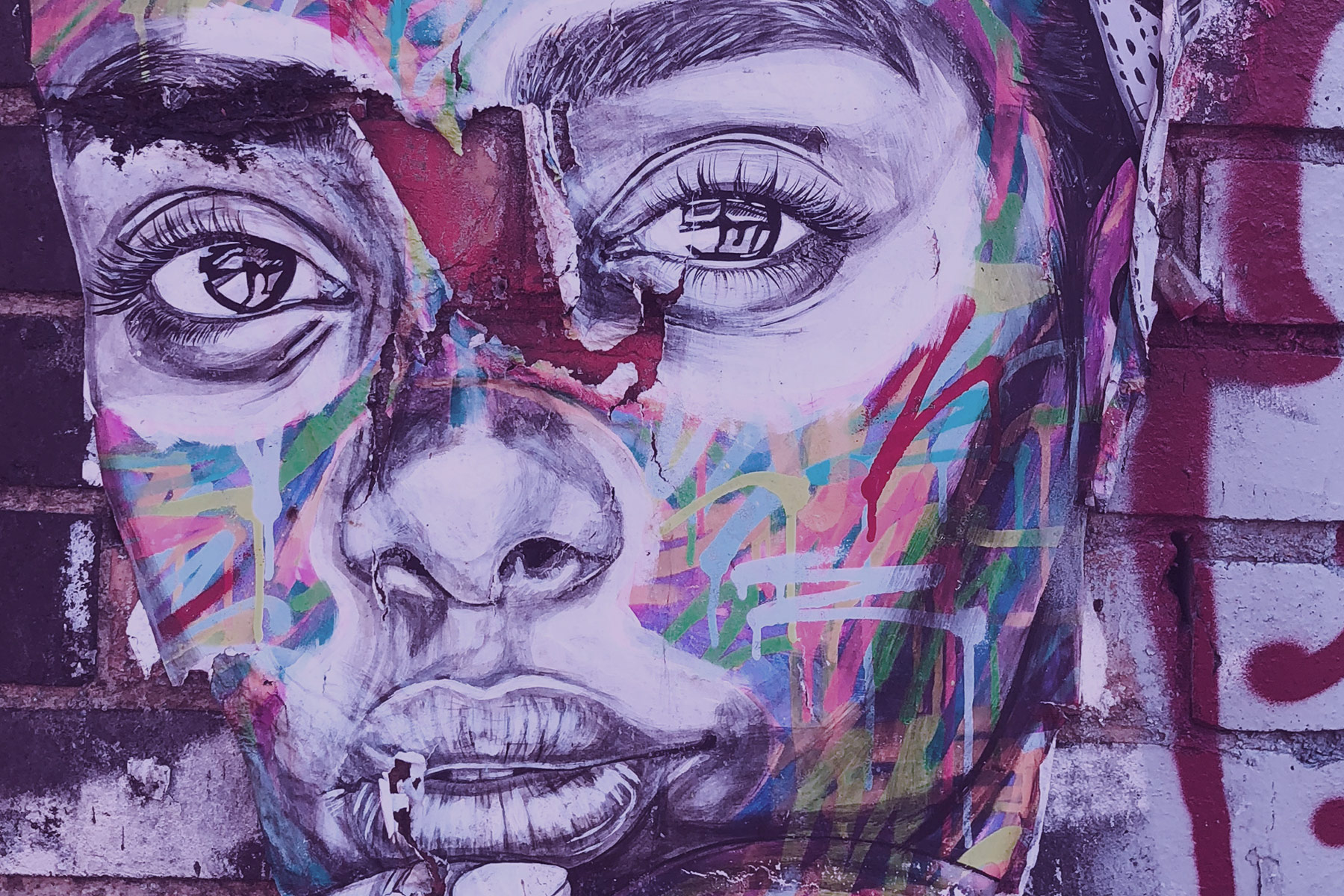Narrative change in 2019
Deep narratives are built upon deep connections between people. Narrative is a thing (and narrative change is a practice). Deep narrative change needs deep values.
Narrative Initiative exists to catalyze durable narrative change so we may make equity and justice common sense. We do that by connecting people and organizations, amplifying promising methods and novel approaches, and catalyzing alignment across communities, sectors, and borders.
In the last year, Narrative Initiative conducted four experimental programs around pressing global issues (populism and the next economy) and methods in the narrative change field (research and technology). We were fortunate enough to gather in person with more than 180 practitioners from across the US and Europe, interview more than 120 narrative change-makers and researchers, and engage with hundreds more of you on webinars, at conferences, and online.
Our work sits alongside the continued expansion of narrative change work in the broader field as more and more organizations not only recognize the crucial importance of narrative work to social change, but are finding new and exciting ways of putting it into practice.
In 2019 we collaborated, learned from and shared space with thousands of narrative change practitioners around the globe. Color of Change, RaceForward and Pop Culture Collab are redefining whose narrative is echoed in politics, film, television and beyond. Hope not hate, NEON, Kleiner Funf, and Action Station are changing who speaks (and how we speak) about equality, fascism, populism, racism and more. ReFrame, Southerners on New Ground, and ISAIAH are examples of state, regional and national groups helping shape narratives grounded in equality and social justice.
As the year comes to a close, we want to share back with the field some of the meta-lessons we’ve drawn from our program work this year.
Lesson 1: Deep narratives are built upon deep connections between people
Collaboration across disciplines and skills speeds up with a shared language. Definitions and shared terminology help practitioners practice, build muscle and lift others up. In Narrative Change: Working Definitions, we shared a set of narrative concepts – story, narrative and deep narrative – that expose the layers of narrative work.
We used definitions to help shape conversations about the role of narrative in convenings on populism hosted the US and Berlin. This framework structured conversations among artists, communicators, grassroots activists, academics, funders and others connecting across fields of work and continents.
“Interdisciplinarity busts people out of their silos, shifts perspectives, and with some intentionality, can create opportunities and openings for action,” said Márquez Rhyne of the Narrative Initiative.
“We touched a nerve in Berlin,” Rhyne continued. Authoritarian populism doesn’t just reside in academic analyses and political critiques in Europe. Americans joining conversations about narrative and populism heard about the challenges to and role of a a “bigger we.”
Weaving together the experience and insights of a field demands time spent together. Systems of meaning don’t reside in the abstract, somewhere out there. They come alive in our conversations, practices, and collective way of life. Ultimately, narrative strength is built on a foundation of trust.
Collaboration, infrastructure, investment and testing all present challenges and opportunities for the narratives challenging populism. But, Narrative Initiative’s Liz Hynes observes, “people are hungry for strategic space” to address these challenges. We are grateful that we’ve been able to find, participate in, and co-create some of those spaces. We are eager to do more of that in the year ahead.
Lesson 2: Narrative is a thing – Narrative change is a practice
We also convened communications practitioners and strategists along with campaigners and technologists to learn from one another, share skills and identify needs. Our Narrative Technology program identified tools people use and need to better create, distribute and measure narrative.
Many of the needed tools are already out there. Narrative technology lacks a common language and shared spaces for practitioners to learn from and teach one another. Access and cost limit narrative technology development and restrict the ability of many groups, especially those in communities of color and other frontline positions of change, to use narrative tech and tools.
Access and equity were also themes in the findings of a report on narrative research we released earlier this Fall, Field Guide: Narrative Research Methodologies.
The report posed the question “how can we grow our connection and collective practice?” Conversations with academics, communications strategists and researchers surfaced the recognition that innovation–and progressive narrative change–is hindered when frontline groups at the center of activism for equality and social justice don’t have access to research findings, tools and training, or see their work pushed to the margins.
Lesson 3: Lead with values
We often talk about values-centered communications and leading with values as we reach outward into the world. When our community spoke about the role of fear in campaigns to counter populism we spoke to one another about values in this sense. Which values do we lean on? Which should we guard against?
But this year, we’ve also found that narrative change, culture change, pop culture, arts, even technology reflect the values we demonstrate to each other as we engage in conversation, grow this area of work, and struggle toward equity and justice.
When we hear about access to research and technology what we’re listening to is a call to shape (and re-shape) the values of progressive communities.
We found that values are integral to the spaces we share with you, our colleagues, as we do this work. Many of us want to “build a bigger we.” As we do that, remember that the world is watching and waiting for progressives to declare a vision for what that “we” is, looks like, and creates together.

